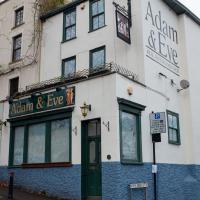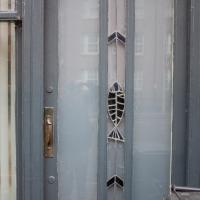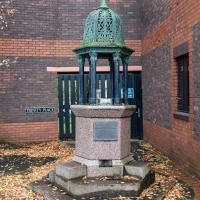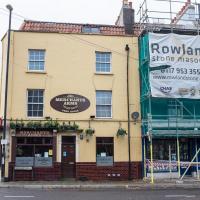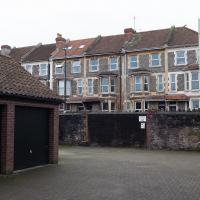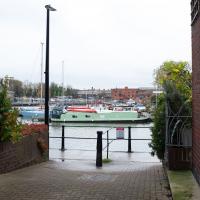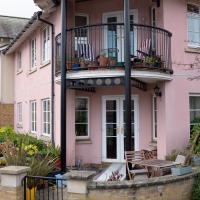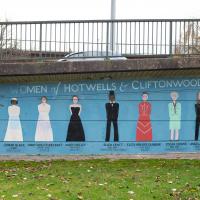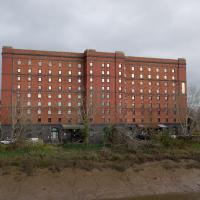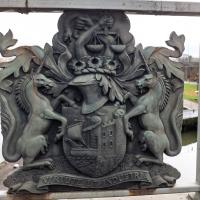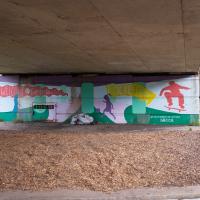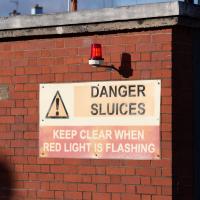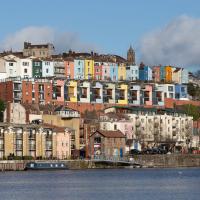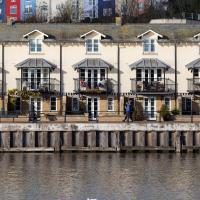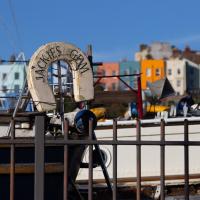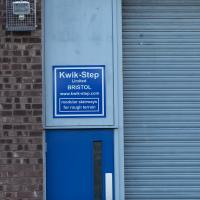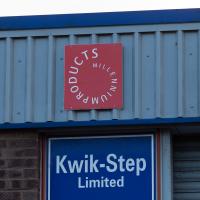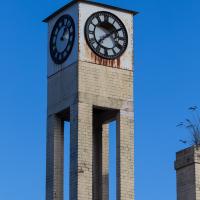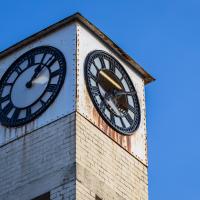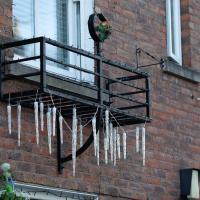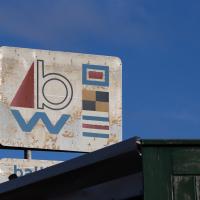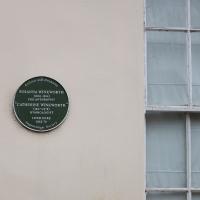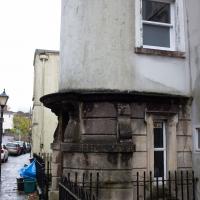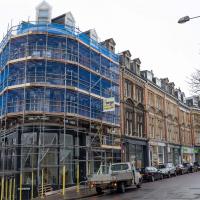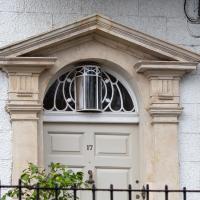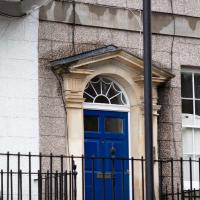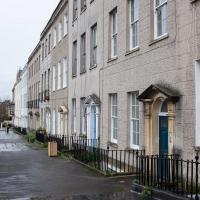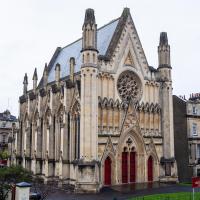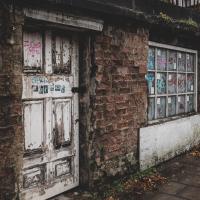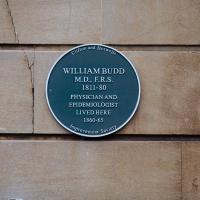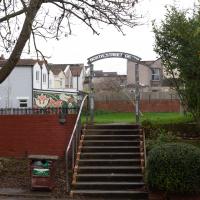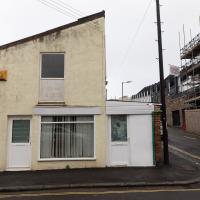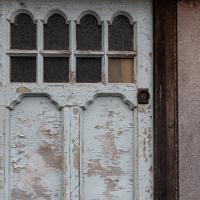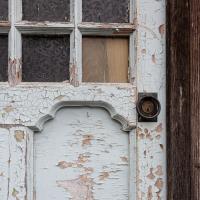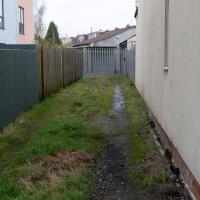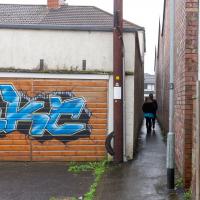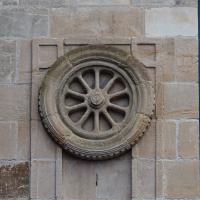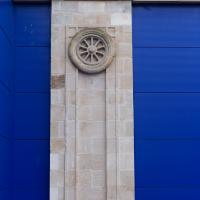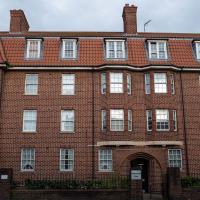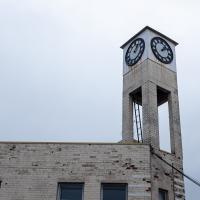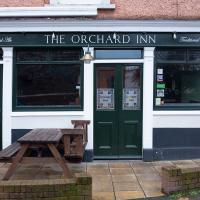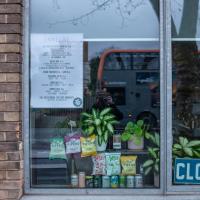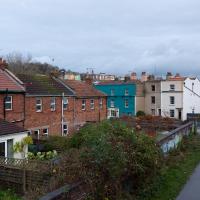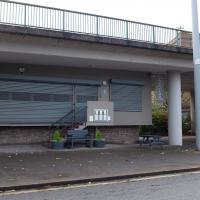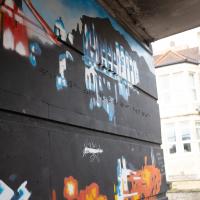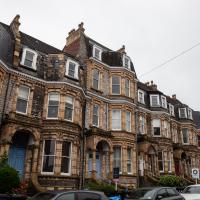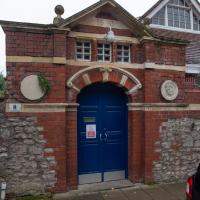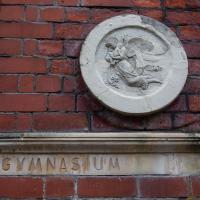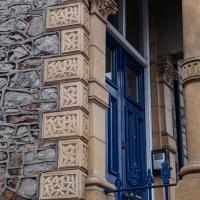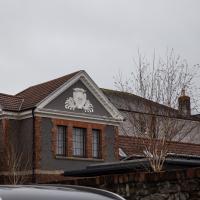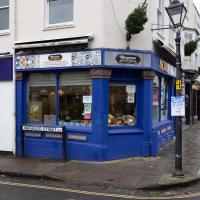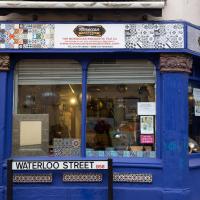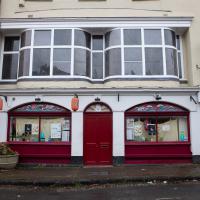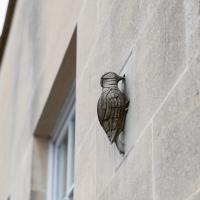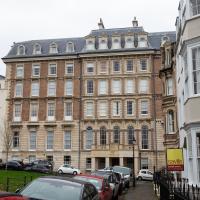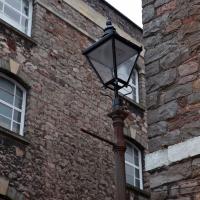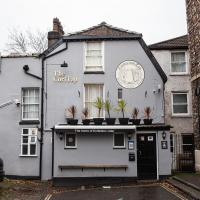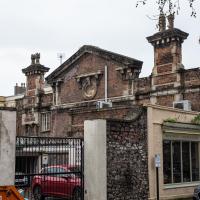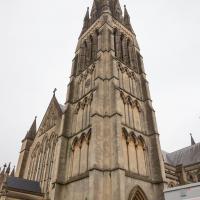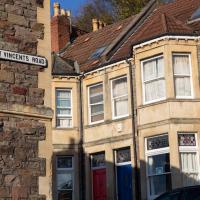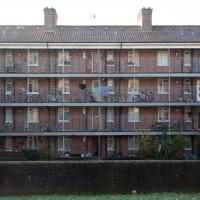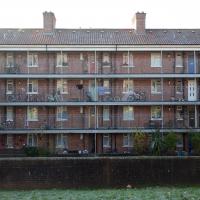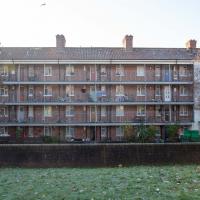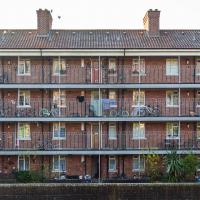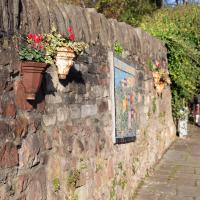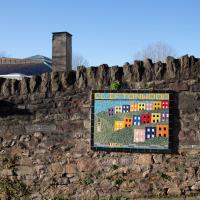Tagged: facade
Jaunt to a Closed Coffee Shop
17 Nov 2020
A fruitless wander, as Spoke and Stringer (who I thought might do a decent flat white) were closed, and the only other harbourside inlet offering were a bit too busy to wait at, especially as I'd spent some time wandering some of the convolutions of Rownham Mead. This last congeries of dull alleyways and brown-painted garages was at least somewhere I've never been before, in parts.
There are yet more plans to turn this pub into yet more flats. I heard from a few different people that the owner has a habit of renting it to people but making them responsible for repairs, which normally turns out to be a bad deal for them as the place is falling apart. Of course, I've only heard that side of the story from the renters. I've experienced it in a few different forms, and in some of them it was a truly excellent local pub.
Up until the owner retired a few years ago, this was one of those great combination Chinese/fish & chip takeaway places, and I used to enjoy everything from the crispy chilli beef to the cod & chips.
From what I can see in the National Archives, the Trinity Rooms was owned by Holy Trinity Church, which makes sense. I don't know what it's curently used for, though my guess would be that it was sold off and has been turned into flats.
I don't spend a lot of time in pubs, but if I had to choose a "local", this is the one I would choose. Welcoming, interesting, and often to be found with a nice fire burning in the winter. After the last time some fool drove their car through the front wall (this bend on the Hotwell Road appears to be a magnet for bad drivers), the boarding up was decorated with the bonnet badge of the offending vehicle, a Toyota, if I remember correctly.
I've walked along the Hotwell Road on the other side of this wall a thousand times—possibly ten thousand. Never seen this side of it before.
When the commuter ferry was still a thing—the council subsidy was cut in the wake of the last global recession—I used to wander through this little alleyway all the time to wait at the ferry stop at this little inlet for the boat to work. Happier times.
A lot of folks aren't fans of the architecture at Poole's Wharf, but I'd love to live in one of these houses.
According to Wikipedia, this sculpture was commissioned by the house builders who developed the site, designed by a student at the University of the West of England Art School with engineering by David Abel's Boatyard.
In which our intrepid hero levels up.
Quite a line-up. I'm afraid to say I've only read the obvious writer here; I've just popped Angela Carter's The Bloody Chamber on my "to-read" list to try and make up for that, but it's quite a long list right now.
I keep on thinking there might be a quick way to Greville Smyth from here, but I think the only shortcut is up that muddy slope to the staircase on the left. And it's quite steep and very slippery-looking, so I've never tried it.
Most of Bristol's bridges have the coat of arms on them. Not quite sure what's going on with the snake.
Quick Coffee
19 Nov 2020
A sunny day, and though I should have probably headed for less well-travelled territory I just headed over to the Marina to grab a flat white from Imagine That's horsebox café.
What, should I keep clear from this side? I'm assuming that this doesn't actually affect anything on dry land...
Clifton Village Mini Wander
20 Nov 2020
Just a quick wander up the hill to get a flat white from Twelve. I really enjoyed the spooky mannequin (?) in the window.
I'm not sure what's going on in this fanlight on Richmond Terrace. Maybe it's space for a lamp?
From what I can work out, this terrace that starts in the road called Richmond Terrace itself continues around the corners to Clifton Road and here, Queens Road, while still being called Richmond Terrace.
This frontage on Queens Road, just down from where Twentiety Century Flicks used to be housed, has always looked run-down, and it's only getting worse.
Bedmo and Ashton Court
21 Nov 2020
A rather more wide-ranging weekend wander with Sarah and Vik, taking in some mock Tudor bits of Bedmo (I should note that I've subsequently been corrected to "Bemmie", but I'm an outsider and have been calling it "Bedmo" for short for decades...), a chunk of Ashton, a path up Rownham Hill called Dead Badger's Bottom(!), The Ashton Court estate, a bit of the UWE campus at Bower Ashton, and some of the Festival Way path.
It used to be a garage. My friends Sarah and Vik tell me that it was a much, much grander building before succumbing to modernisation, at which point only a couple of details like this were preserved.
I have no idea how anyone managed to smack this street furniture so hard, or what direction they came from to do it. It's a pretty straight 30mph road right there, and this is only one side of the dual carriageway. Never seen so much as a near-miss there.
Underpass
25 Nov 2020
A quick lunchtime jaunt for coffee. I've often wondered about the dots on the wall of the underpass. Apparently they're not intelligible Braille. Maybe it's Marain :D
One of the other sides of this clock is very broken. At least these two show the same time, even if they're wrong. By my calculation, this broken clock is right six times per day.
Must be going through some hard times at the moment. I've been in a few times since I used to live at Baltic Wharf in the mid-nineties, and it's always been a slightly edgy-but-nice local pub that's reasonably welcoming of strangers, too. Plus it's a well-worn stop off for people on the way home from the footy.
At least someone's still watering the plethrora of plants that are arranged in Spike Island cafe's windows.
I don't think I ever crossed this bridge on foot before starting my "One Mile Matt" project.
When I first moved to Hotwells, there were still signs for the famous transport caff "Popeye's Diner", a well-known refuelling point for truckers on the way in or out of Bristol. It was also the cafe used for interior shots in some episodes of Only Fools and Horses. You can see it as it used to be in the "Trigger's broom" sketch, for one. These days it's a much posher affair, and they do a very good Eggs Benedict when they're open.
You can see a before/after comparison of how the interior looked when I moved to the area in the 1990s and how it looks now in this shot on Flickr that compares an Only Fools and Horses still with a modern shot.
Apparently this isn't Braille. Could be Marain, I suppose. It's also on some of the pillars, from what I remember.
And Back Down the Hill from the Flu Jab
21 Nov 2020
This is my return from getting my annual flu jab at Christ Church, as explained in more detail in my wander up the hill.
I do love this terrace. The mansard roofs, the grand central house, the ornamentation, the porches. It's all rather grand.
This is now the Bristol School of Dancing. Their website says:
Built in 1893, it stands in the garden of 20 Vyvyan Terrace and it is rumoured that it was once a Swedish diplomatic building that contained a gymnasium. This is probably why on either side of the main entrance the words “Swedish Gymnasium” are carved.
Don't know what the JMJ is all about. Seems to be part of Cedar Care Homes (this is all behind their grand head office on Clifton Down Road, Mortimer House), but it's hard to tell for sure.
encaustic | ɛnˈkɔːstɪk |
adjective
(in painting and ceramics) decorated by burning in colours as an inlay, especially using coloured clays or pigments mixed with hot wax.
The Maneki-neko (招き猫, lit. 'beckoning cat') is a common Japanese figurine which is often believed to bring good luck to the owner.
Up for the flu jab
21 Nov 2020
A trip up the hill to get my winter flu jab. I'm not sure I really needed it this year, what with avoiding Covid—I haven't had so much as a sniffle in more than a year—but seeing as they offered... Instead of the doctor's surgery on Pembroke Road, they'd taken over Christ Church, presumably to give more room and ventilation for the necessary social distancing at the moment. As usual, it was their typically efficient operation, and I was in and out in about three minutes.
On the way there and back I snapped as much as I could, but I wanted to be home in time for the first online Times Crossword Championship. As it turned out, I needn't have bothered, as the technology at the Times couldn't keep up with the demand from competitors, and their system just collapsed under the weight of page-views. They tried again the day after, and it collapsed just as badly. Maybe next year...
This wander is split into two parts, as I turned my tech off to go into Christ Church for my jab. The walk home can be found over here.
The destination for my wander today. My doctor's surgery branched out into Christ Church to give them more room for socially-distanced administering of the flu jab. Fast and efficient as usual.
Avoiding the Accounts
26 Nov 2020
I took the day off my day job to do my accounts—or at least do enough bookkeeping to send them to my accountant. I hate doing the books. I woke up late, tired and with a headache and decided to bunk off for a walk around Cliftonwood, Clifton Village and Clifton instead, taking in a couple of good coffees along the way. Thanks, Foliage Café, and Twelve for the flat whites.
From what I've worked out so far, the use of St Vincent's name around so much of Bristol, especially Hotwells and Clifton, dervies from the ancient hermitage and chapel dedicated to St Vincent of Saragossa, which (possibly) was in Ghyston’s Cave, the cave in the rock face now accessible through a tunnel from the observatory, but at the time only by a perilous cliff climb (which I can only presume is what made it so appropriate for a hermitage.)
Why St Vincent of Saragossa? Anthony Adolph says:
It should be explained that the connection of Bristol with the Iberian wine trade led, in the Middle Ages, to Bristol’s importing of the cult of Lisbon’s patron saint, Vincent.
I have done very little real research on this so far, though, so don't take my word for any of it. I am not a historian, etc.
The Hillsborough Flats are a lot prettier from the back than their frontage on the Hotwell Road suggests, I think.
